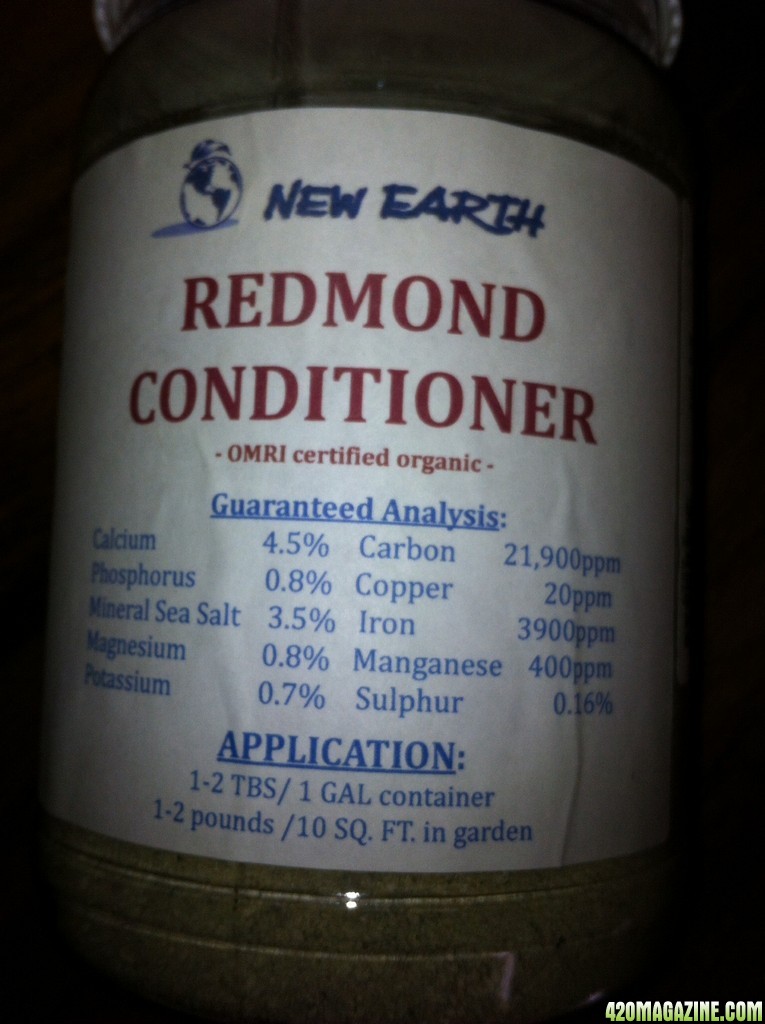Hello 420mag,
I am currently trying to wrap my head around mineralizing my living soil mix.
I have a great soil mix already, but I keep reading on here to mineralize my soil.
I have some Soft Rock Phosphate and Azomite here at the house.
Neither is in my container (which is vegging) atm. (I bought both to amend my recycled dirt, which I am not yet using.)
So the question for all you living soil guru's is this:
Should I top dress with either or both rocks above mentioned? Add to a tea? Is there anything else I'd use to mineralize? How are you guys mineralizing your soil?
Thanks, this is the premiere online forum and I appreciate the help!!
I am currently trying to wrap my head around mineralizing my living soil mix.
I have a great soil mix already, but I keep reading on here to mineralize my soil.
I have some Soft Rock Phosphate and Azomite here at the house.
Neither is in my container (which is vegging) atm. (I bought both to amend my recycled dirt, which I am not yet using.)
So the question for all you living soil guru's is this:
Should I top dress with either or both rocks above mentioned? Add to a tea? Is there anything else I'd use to mineralize? How are you guys mineralizing your soil?
Thanks, this is the premiere online forum and I appreciate the help!!






